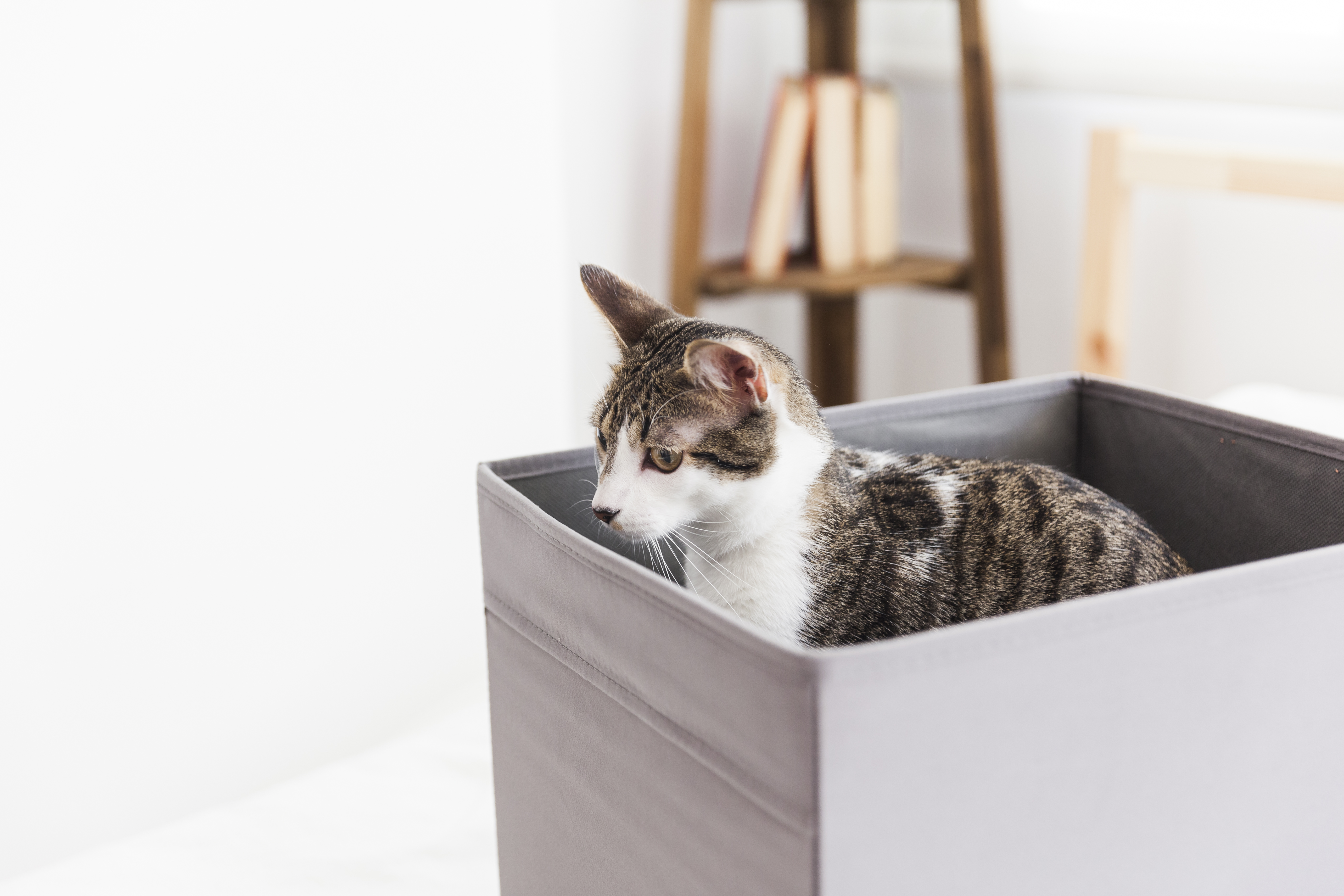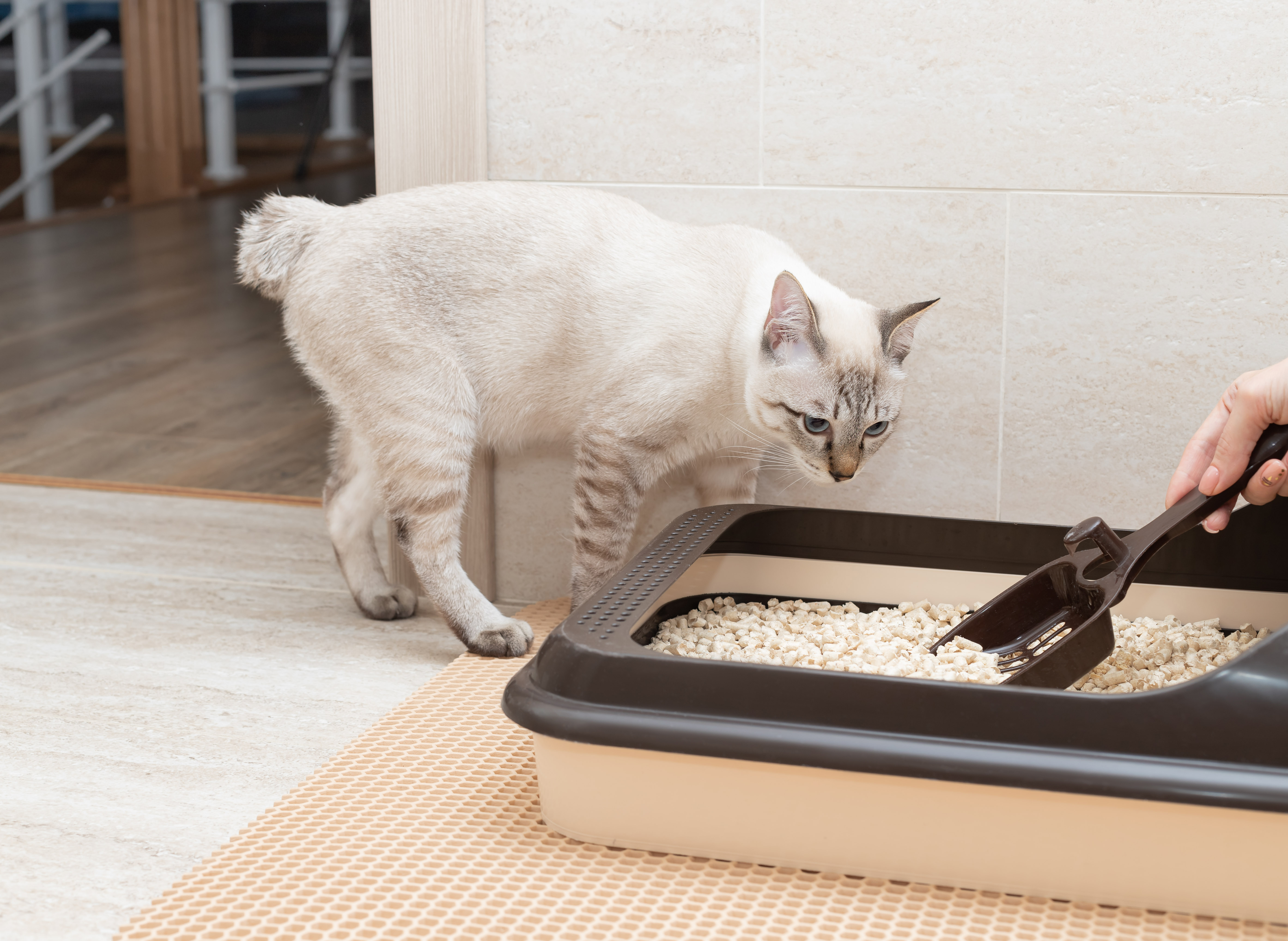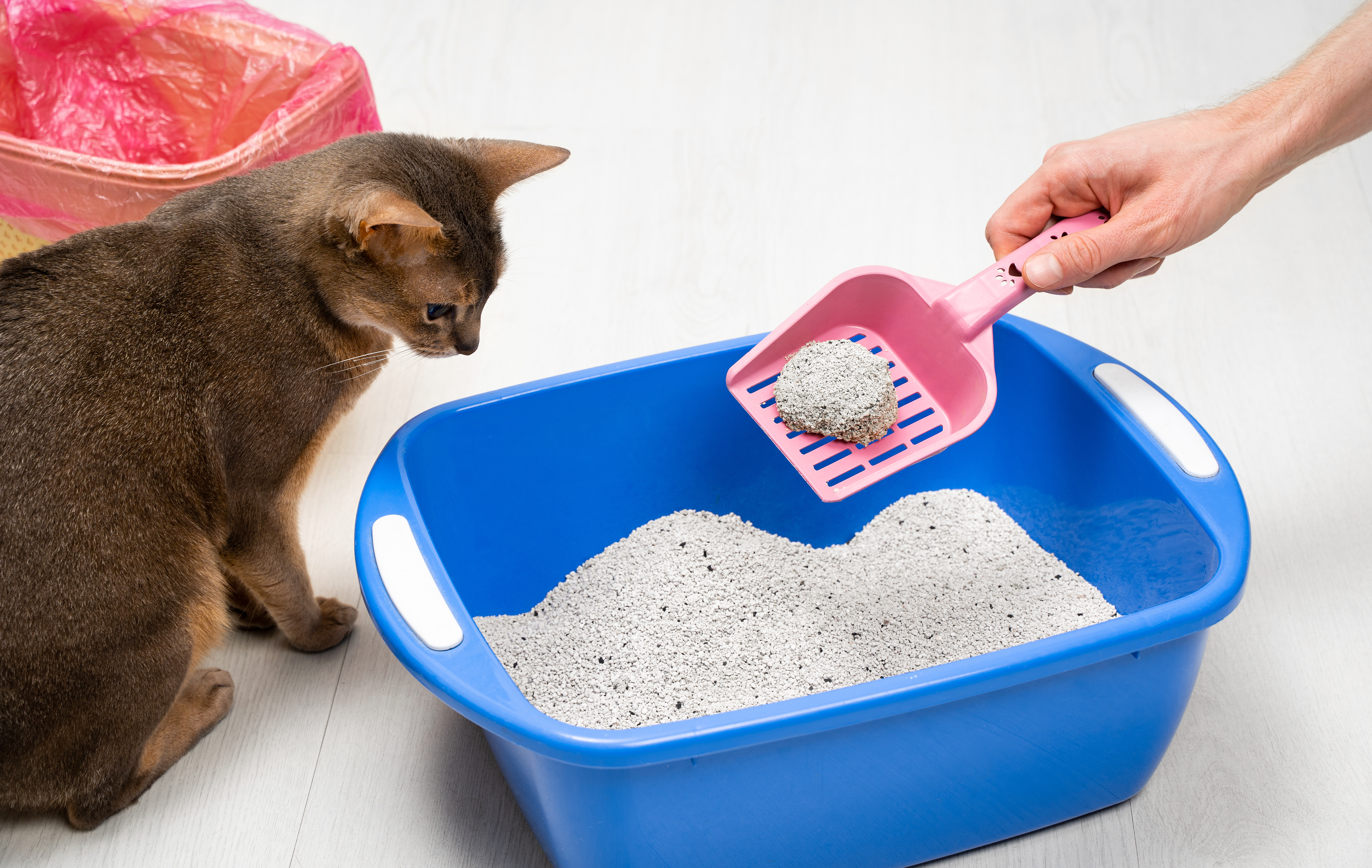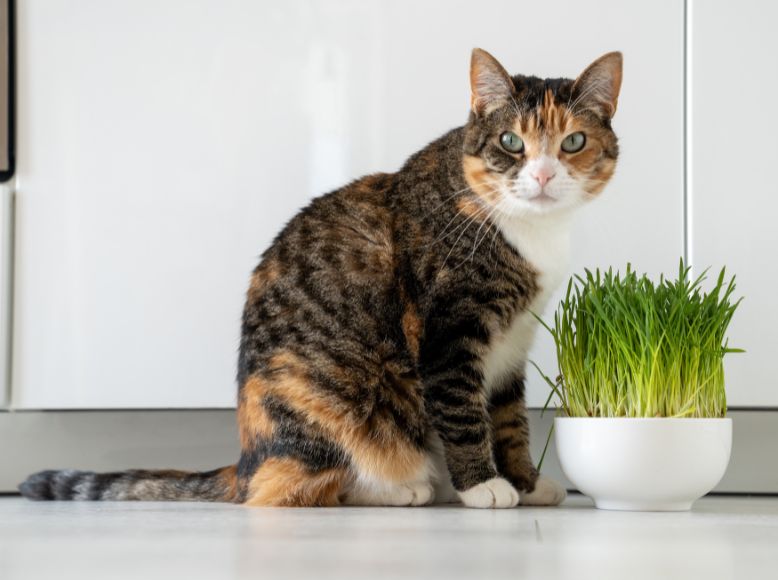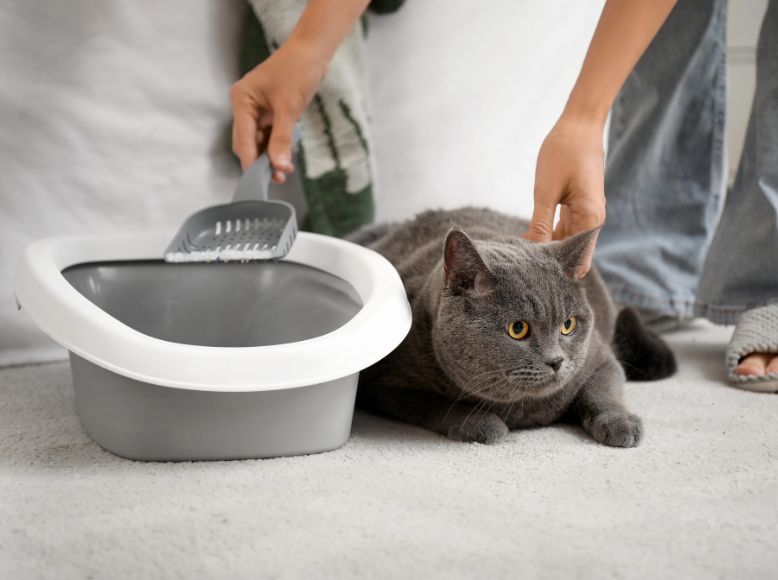Cats are known for finding the warmest spots in the house—sunny windowsills, freshly dried laundry, or even your laptop keyboard. But when temperatures rise dangerously high, even the most heat-loving feline is at risk. Heatstroke in cats is a serious, life-threatening condition, and recognizing it early can make all the difference.
Table of Contents
Why Heatstroke Happens in Cats
Unlike dogs, cats are less likely to pant in public or play in the blazing sun—but that doesn’t mean they’re safe from heat-related illness. Cats regulate body temperature primarily through grooming and limited sweat glands on their paws. When that’s not enough, their internal temperature can rise quickly, especially in poorly ventilated areas or during intense heat waves.
Cats trapped in cars, enclosed porches, or small rooms without airflow are at particular risk. Long-haired breeds, older cats, overweight felines, and those with underlying medical issues are even more vulnerable.
Early Signs of Heatstroke in Cats
Cats don’t always display distress in obvious ways. That’s why knowing the subtle—and not-so-subtle—signs of feline heatstroke is key to early intervention. Here’s what to watch for:
- Rapid breathing or panting: Cats usually don’t pant like dogs. If yours is, it’s a red flag.
- Bright red or pale gums: Healthy gums should be pink. Red, pale, or bluish gums suggest circulation problems.
- Excessive drooling: Not common in cats. If your cat is dripping saliva, something is wrong.
- Lethargy: A suddenly inactive or wobbly cat may be overheating.
- Vomiting or diarrhea: Heatstroke can trigger gastrointestinal distress.
- Elevated body temperature: A normal cat temperature ranges from 100.5°F to 102.5°F. Anything above 104°F is dangerous.
Staggering or collapse: In advanced cases, your cat may lose coordination or faint.
What to Do If You Suspect Heatstroke
Time is critical. If you notice any of the signs above, act immediately. Move your cat to a cool, quiet area—preferably indoors with air conditioning or near a fan. Offer fresh, cool water but do not force it if the cat is unwilling or unconscious.
Next, cool your cat gradually. This part is vital: too rapid a temperature drop can cause shock.
- Dampen a towel with lukewarm (not cold) water and gently pat their fur—especially on the paws, belly, and ears.
- Place your cat on a cool, damp towel.
- Avoid ice baths or ice-cold water, as these can constrict blood vessels and trap heat inside.
- Call your veterinarian immediately—even if your cat seems to improve. Internal damage can continue even after external symptoms subside.
Preventing Heatstroke in Cats
Cats may love warm weather, but they still need your help to stay safe in it. Here’s how to prevent heatstroke before it starts:
- Always provide cool, fresh water in multiple locations around the house.
- Keep curtains closed and blinds drawn during the hottest hours to block direct sunlight.
- Use fans or air conditioning to maintain indoor airflow. If you don’t have AC, create a shaded area near a fan or place frozen water bottles wrapped in towels around your cat’s resting spot.
- Groom regularly, especially if your cat has a long or thick coat. Remove excess fur that could trap heat.
- Avoid confining your cat in hot rooms, cars, or outdoor spaces without shade.
- Monitor older or ill cats closely during heat waves. Their bodies are less efficient at managing temperature changes.
Special Considerations for Outdoor Cats
If your cat spends time outdoors, make sure there’s access to shaded, ventilated areas at all times. Provide elevated, cool spots like shaded platforms or shelters. Leave out water bowls in multiple shaded areas and avoid letting your cat out during midday when heat peaks.
Consider bringing your cat indoors during excessive heat warnings. No adventure is worth risking their health.
When to Go to the Vet
If your cat’s symptoms don’t improve within minutes of cooling efforts, don’t wait. Heatstroke can cause brain swelling, kidney failure, and death. A vet may need to provide IV fluids, oxygen, and monitor for organ damage.
In many cases, even a mild heat episode warrants a vet visit to rule out lasting complications. Never assume your cat is “just hot.” Trust your instincts—and act fast.
Conclusion: Beat the Heat with Awareness
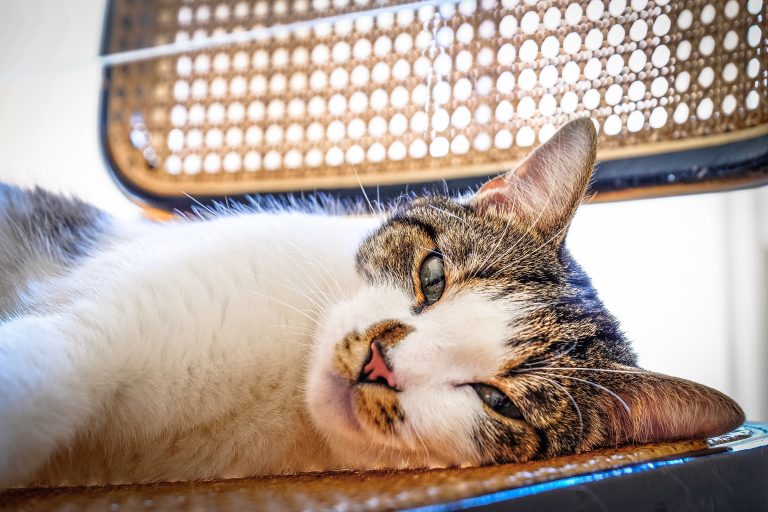
Heatstroke in cats is fast, silent, and deadly—but completely preventable. By staying alert to the early signs, creating a cool environment, and responding swiftly, you can help your cat stay safe no matter how high the mercury climbs. Remember: if it feels too hot for you, it’s even hotter for your feline friend. Keep the fans going, the water flowing, and your eyes open for signs of distress.




